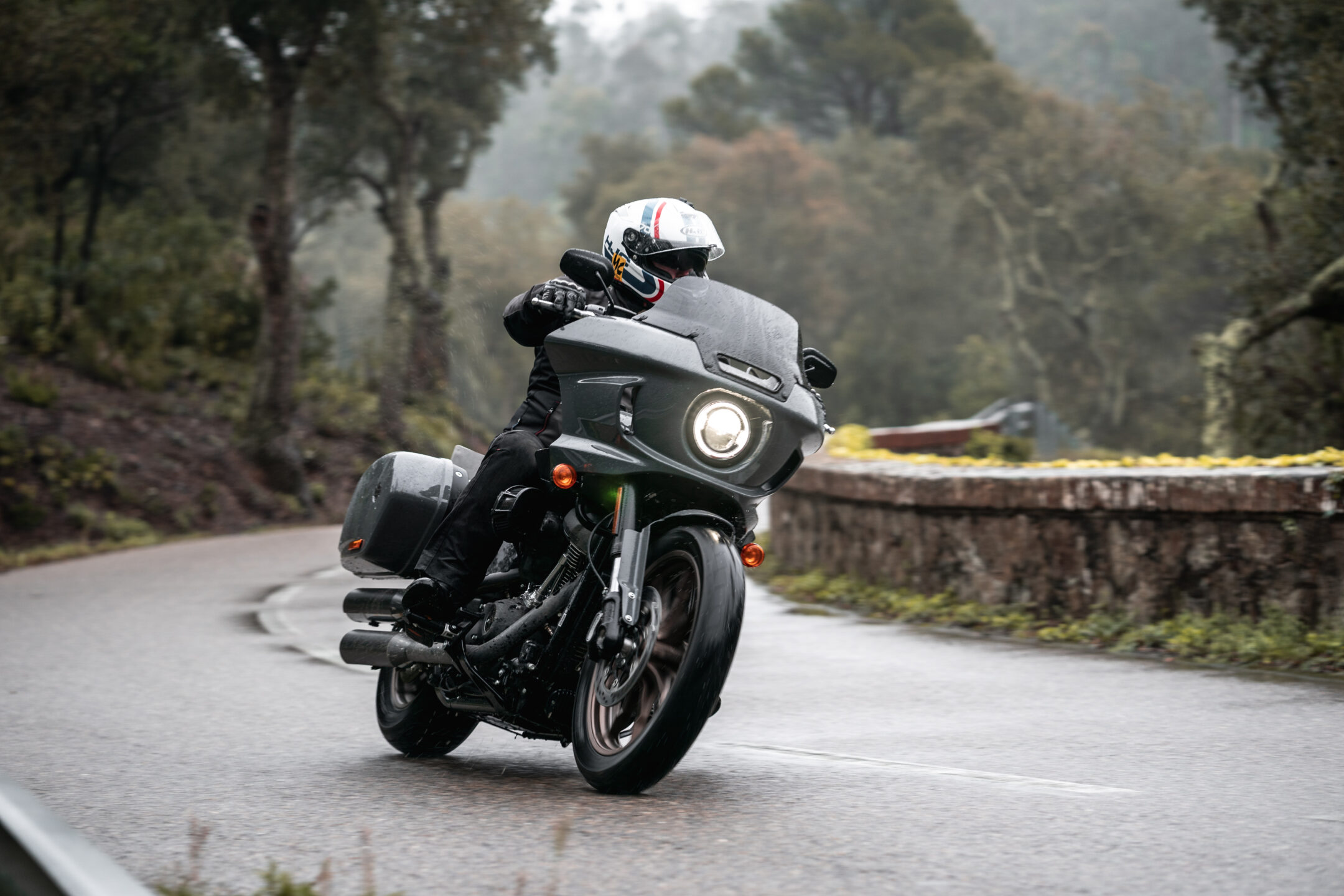Text: OA Isdahl
Photo: Press launches Yamaha/HD/M Myklebust
As a journalist and test driver, I have to train to master, discover and be able to communicate. Everyone should do it.
I have a very conscious relationship with my own driving skills, not because I have to be the best, drive the fastest or come first, but rather to master, maximize my own driving pleasure and be able to convey this to you. For me, this is about mastering the interface between man and machine. By no means do I need to be the best, the fastest or the coolest, but I do need the skills to be able to experience, discover and, not least, communicate the characteristics of the bikes I ride. In my job, I often encounter very different models and sizes, with highly varying power and driving characteristics and in these situations my skills must be able to master both variety and technology. Preferably in a way that I can enjoy myself.
For me, my own skills are therefore to be regarded as a tool, and in order to maintain the quality of the tool, I have to train, a lot and systematically and I do that almost every single day, in small doses. What I would like to convey in this article is that this is something absolutely everyone should do. Work on your own skills, define yourself as a driver, define your own operational characteristics as a driver and, not least, what you need to train on to achieve your own and personal skill goals. Decide which driver you want to be and which driver you absolutely do not want to be. And then make sure you focus on operating in the first category.
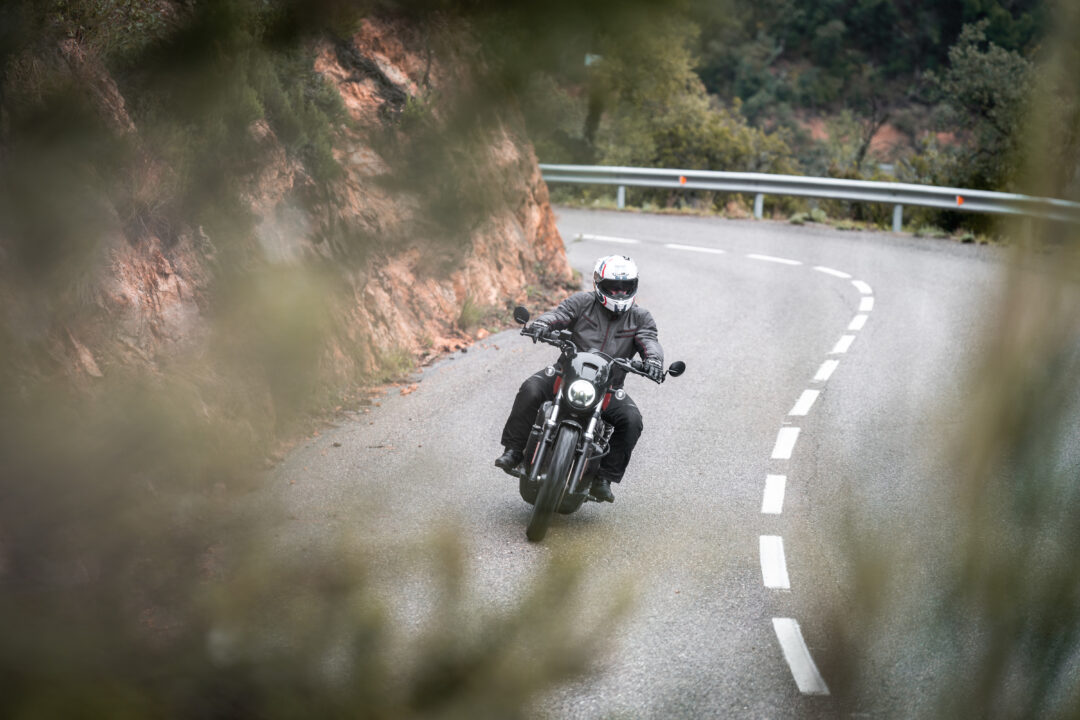
I mostly run my own tests in calm and familiar surroundings, but occasionally and in slightly larger contexts when the manufacturers go all out, people and materials are often used that really demand a lot from the test driver. Being one and a half meters behind a Porsche Cayenne with a “Russian arm” at high speed on Spanish winding roads requires both vigilance, concentration and a portion of skills, so such situations must actually be mastered as an extreme that actually needs to be trained. At least that’s what I do.

Anyone can train their own skills and you don’t need a personal trainer – it’s not that hard
I’ve been lucky and over time I’ve had professional people around me who have taught me how to get to know a new motorcycle in the shortest possible time. This includes learning, mastering, analyzing, enjoying and finally conveying the characteristics, which is what it’s all about for me. I have developed a standardized test method and in my personal training program I use a simplified excerpt from this method to train on what I am most interested in, namely simple elements and simple exercises that develop my skill level.
Most people probably have a visual image of their own driving skills and techniques in their heads. However, this visualized self-image doesn’t always correspond to reality, but it’s also quite easy to change. Our ambitions can vary greatly and we experience driving pleasure on very different bases. Some seek speed, technology, power, acceleration, cornering, G-forces or even competition, others find happiness in good flow, comfort, travel experiences and the opportunity to share this with others. As a journalist and test rider, I find happiness in the interface between man and machine and I’m almost obsessed with how well I and the motorcycle are able to operate together as a unit. But, of course, it is crucial, not to say critical, that the visualized skill images I have in my head are in reasonable agreement with my actual skills! Discrepancies in this area are probably often the reason why things sometimes go wrong for someone, myself included.
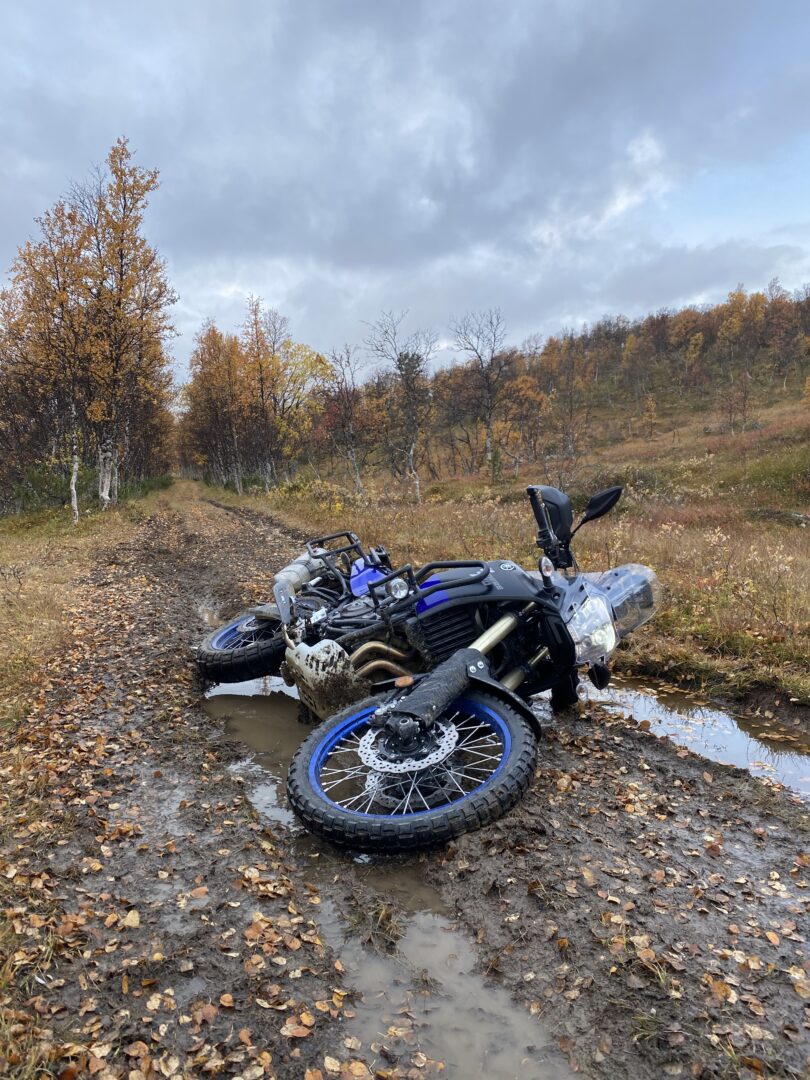
What do I train on?
But fortunately you learn from your mistakes and as motorcyclists, we probably have a higher acceptance of risk and therefore probably develop skills faster because we stretch ourselves. That’s my highly personal hypothesis.
I personally have high expectations of myself (given my actual skill level) and my own skill contributions. The motorcycles almost never represent the limitation, it obviously lies with me. All motorcycles are basically good, but it’s pretty much always the rider who falls short, which is why I have to train. With good skills, almost all equipment can be driven fast, well and better, and with that as a starting point I’m keen to train myself:
- My own knowledge of the technical platform and the bike I will be riding
- Understanding the intended use of the bicycle
- Own knowledge of the bike’s balancing at different speeds
- Track selection, curves and cornering strategy
- Head and gaze positioning while driving
- Seating position and my own softness/mobility on the bike while riding
- Lateral movement while driving
- Position and use of the legs during driving (acceleration, cornering or braking)
- Drifting without the use of brakes in tested bends and varied topography
- Speed adaptation and shifting in and out of corners in fast sections
- Use/operation of technology while driving (technology learning)
- Use and positioning of the body in tight or large turns
- Hard braking in corners
- Max braking with wheel locking
- Hard acceleration and shifting in corners
- Read/analyze traffic situation images
- Driving on varying surfaces
- Symphony training where all the points above should fit like a globe during a longer trip (2-3 hours)
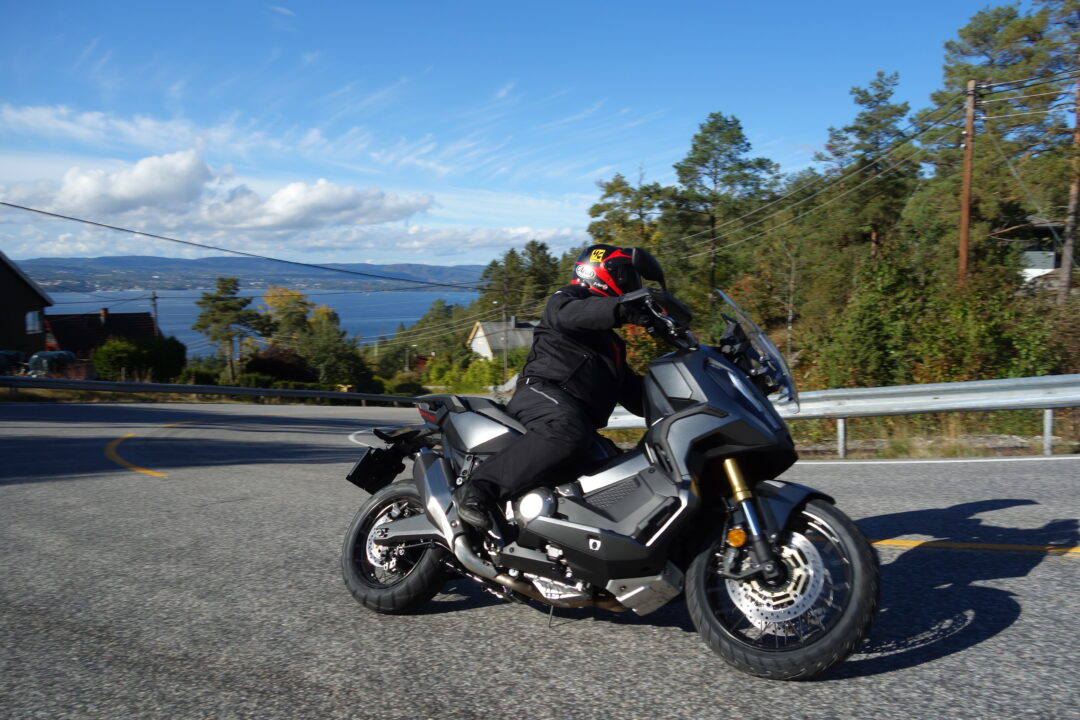
How do I carry out this training
For my part, I emphasize and focus on a theme for each trip and I decide before departure what this trip will be about. Gaze, posture and movement are a recurring theme and are always crucial to everything else I do on a motorcycle. Lifting the chin and head, low shoulders, soft and fine movements, not collapsing in the upper body, sitting upright are important basic components that I must be aware of. It all starts with my eyes, followed by my head before I start the swing with a push technique and the use of a sitting position that sets the swing curve I have chosen. These elements are part of the symphony and dance I establish to find rhythm and flow with the motorcycle.
In addition to the basic skills, I add a “theme of the day” topic that can be about track selection and flow driving without the use of brakes, or just speed adaptation and shifting. Before the trip, I have chosen a suitable practice area adapted to the theme of the day, visualized the task in my head and have therefore defined an expectation of what I should deliver. I focus on my tasks along the way and experience mastery or frustration depending on how well I manage to drive.
You don’t need to make this more difficult, and if you work on this over time, you are guaranteed to become a better driver who will also experience greater driving pleasure.
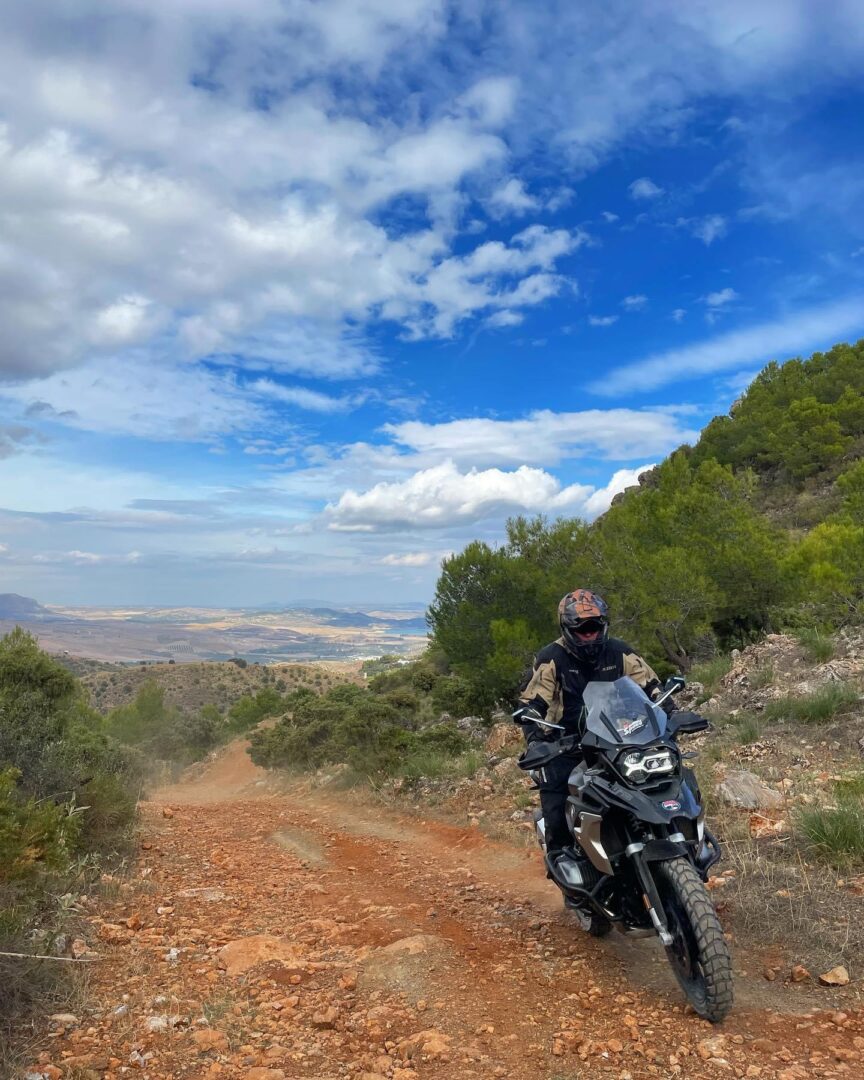
Feel free to train with others and use a camera – a picture tells ALL
I personally find it very useful to drive with others, especially if you can drive with someone you can use as a visual role model. Mirroring is a good and effective learning method that provides a lot because the experience and images from such driving stick as visual images you can also use when driving alone. If you have the opportunity to take pictures in curves or interesting sections, you also get an opportunity to correct your self-image with actual and real situational images that can be particularly useful for learning purposes. Find a corner or area, use an iPhone (photo or video) and repeat until you are satisfied. Adjust the distance and proximity to the object depending on the camera’s capabilities. These are useful and simple steps for anyone who wants to get better.
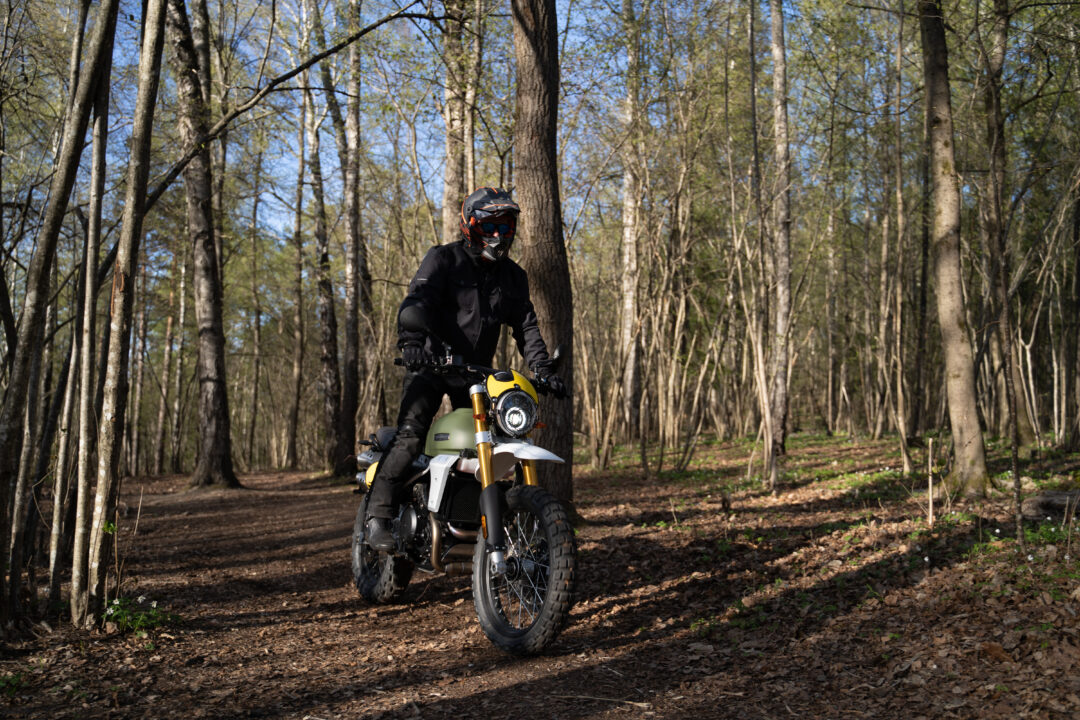
Driver development courses
In other words, these are simple steps you can take in your everyday life if you want to work on your own skills. If you want to take some bigger steps, you can consider signing up for a driver development course that often operates in a closed manner with its own instructors. Serious players such as Førerutvikling.no have extensive experience of learning and skill development, which also has a very good effect and represents useful learning.
The most important thing is
But the most important thing is that you are interested in your own skills and understand that maintaining and developing them actually requires that you are willing to train, preferably a lot and regularly. No one becomes good at anything without practicing, and the same is true for motorcyclists. You don’t get good at something by buying a special motorcycle, powerful capabilities or an image, you simply have to train. How you find it useful to train is entirely up to you, you can find your own goals, your own themes and your own methods.
You simply have to be willing to train.
